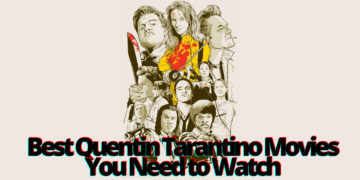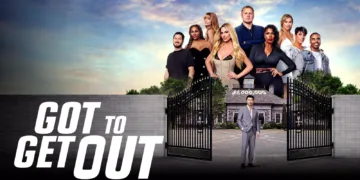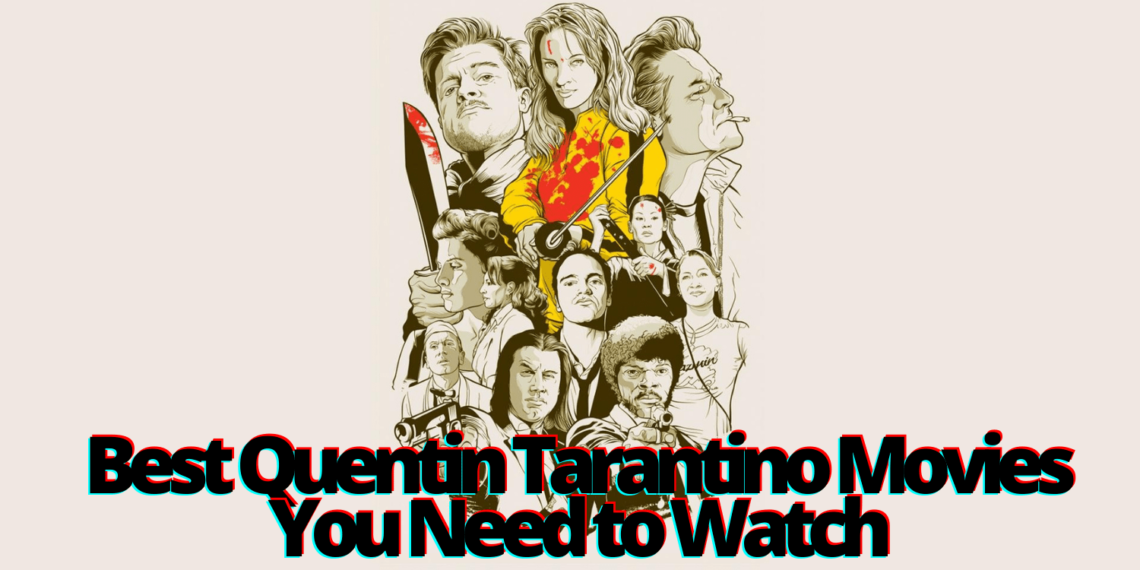Quentin Tarantino is to cinema what Miles Davis is to jazz – the “King of Cool.” With his movies “Reservoir Dogs” and “Pulp Fiction,” Tarantino effectively reinvented cinema in the mid-1990s, setting unprecedented stylistic standards. His movies burst with cool dialogue and exaggerated violence and turned the former video store clerk into one of the most important living Hollywood directors ever.
In addition, as a screenwriter, he was responsible for the script of “True Romance” and wrote the plot for Oliver Stone’s “Natural Born Killers” – both films are also true milestones of 90s cinema. However, Tarantino’s work as a whole is still viewed critically. The accusation that the director has not yet made a film of his own, but has always chosen only the best from all his favorite films, is still around today. In this article, we want to take a look at the best Quentin Tarantino that you should watch before you die!
In this Western set up like a play, there are nine people debating vigilante justice, taking self-defense, using firearms, and racism. A snowstorm rages outside the cabin, with the sheriff, one bounty hunter, soldiers, and a prisoner sentenced to death all going at it. There are clear political references to the current race riots in America, where innocents – especially black ones – are shot by police officers time and again. Here, even more so, since public servants meet outcasts.
Under the burden of socially critical quotes (“Blacks only feel safe when whites are disarmed”), the 189-minute drama, which is Tarantino’s longest film, at times threatens to collapse. The cast is also not consistently successful. Michael Madsen has played the ponderous, spiritless smack-talker role probably a few too many times for Tarantino’s liking; Tim Roth acts alienated and full of mannerisms, as jittery as if he were standing in for an incapacitated Christoph Waltz.
However, something even a mediocre Tarantino can do halfway well. Samuel L. Jackson relates an extremely funny tale of the freezing prisoner who can only save himself via a blowjob; one unexpected twist reveals the identities of four of the mystery-mongers of the “Hateful Eight.”
Tarantino also presents his work in an ultra-widescreen format (70 MM) that was reportedly last used in cinema in 1966. Thus, “Minnie’s Corsetry Shop,” in which much of the action takes place, is a place full of small details that, all stung as if, be it a gun, a pot or a coffee cup, invite analysis.

















































Discussion about this post